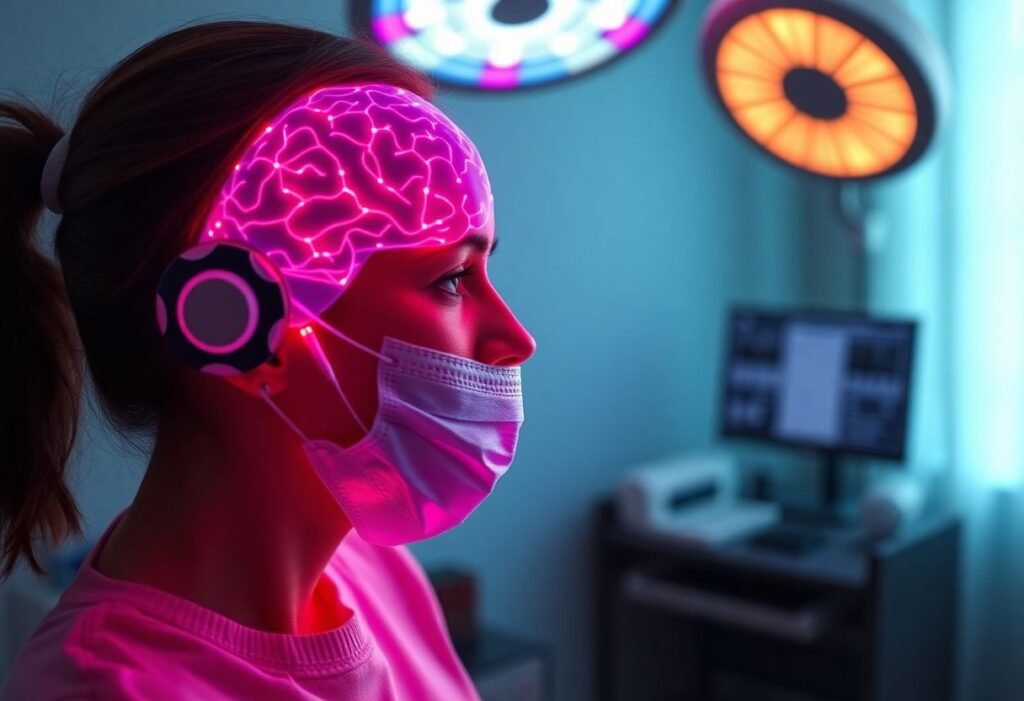The advancement of neural technology represents a significant breakthrough in assistive innovation. Companies like Synchron are leading the charge, enabling users to interact with their surroundings in unprecedented ways, enhancing accessibility and independence for those with mobility impairments.
Revolutionizing Home Automation Through Neural Technology
Neurotechnology firm Synchron has made remarkable progress in the field of brain-computer interfaces (BCIs). In an exciting development, a trial participant managed to effortlessly control various smart home devices using their thoughts alone. This technology allows users to engage with their environment on a level previously thought impossible. By simply thinking about actions like turning on lights, checking who is at the door, or choosing a TV show, users can perform these tasks hands-free without needing to issue any voice commands. This hands-free capability not only opens new avenues for home automation but also significantly enhances the quality of life for individuals with disabilities.
Understanding Brain-Computer Interfaces
Brain-computer interfaces function by establishing a direct communication pathway between the human brain and external devices. These systems harness the brain’s electrical signals to translate thoughts into actionable commands. By implanting electrodes or using non-invasive technologies, BCIs can decode the intentions of the user, enabling control over various applications, especially beneficial for people with impairments. This groundbreaking technology serves as a bridge, allowing the brain to communicate with devices and create a more inclusive environment.
The Impact on Individuals with Disabilities
For many individuals facing physical challenges, the ability to control their environment can lead to increased autonomy and improved emotional well-being. Technologies like Synchron’s BCI provide these users with tools to regain control over daily tasks that many may take for granted. This innovative interface makes it possible to perform tasks such as adjusting the thermostat or communicating with family members, empowering users to live more independently. The profound impact of such advancements cannot be overstated, as they offer a sense of normalcy and security to those navigating life with disabilities.
Integration with Smart Home Technologies
The integration of BCIs with existing smart home technologies expands the scope of usability. Synchron’s technology is compatible with popular smart home ecosystems, allowing users to manage their devices seamlessly. Whether it’s turning on lights, controlling entertainment systems, or accessing security features, this integration provides a holistic approach to home automation. With further advancements, the potential for creating a fully responsive environment tailored to an individual’s needs is on the horizon, enhancing convenience and safety for users.
Future Prospects and Innovations
Looking ahead, the future of BCIs is promising. As neurotechnology evolves, we might see even more sophisticated systems that offer greater precision and ease of use. Researchers are exploring the integration of artificial intelligence with BCIs, potentially allowing for predictive setups that understand user habits and preferences. This could lead to a truly intuitive user experience, where devices react automatically based on the user’s past behaviors and current intentions, making the technology adapt to individual lifestyles.
Ethical Considerations and Challenges
Despite the numerous benefits associated with brain-computer interfaces, ethical considerations and challenges remain. Issues surrounding data privacy, informed consent, and the potential for misuse of such technology are significant concerns. Ongoing discussions in the field aim to establish ethical guidelines that will govern the deployment and utilization of BCIs, ensuring that the technology is used responsibly and humanely. Addressing these challenges is crucial for the sustainable development and acceptance of neural technologies.
Disclaimer: This content is intended for informational purposes only and is not a substitute for professional medical advice or treatment.





















